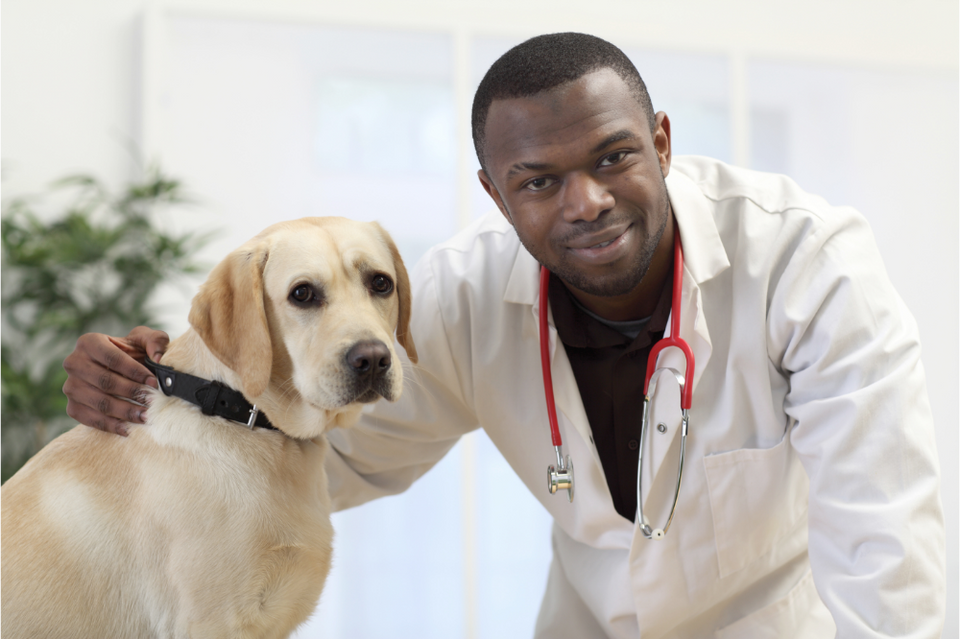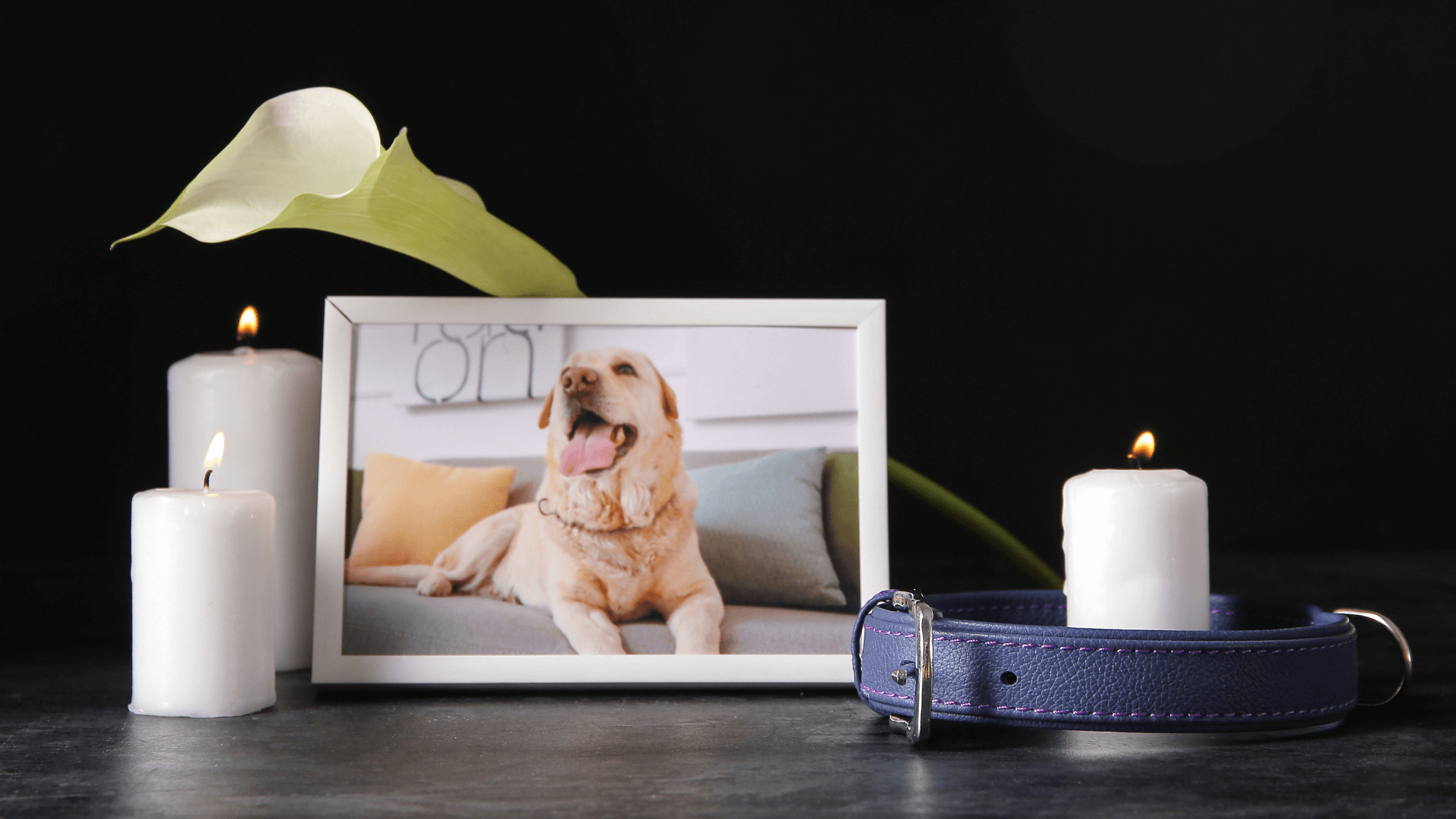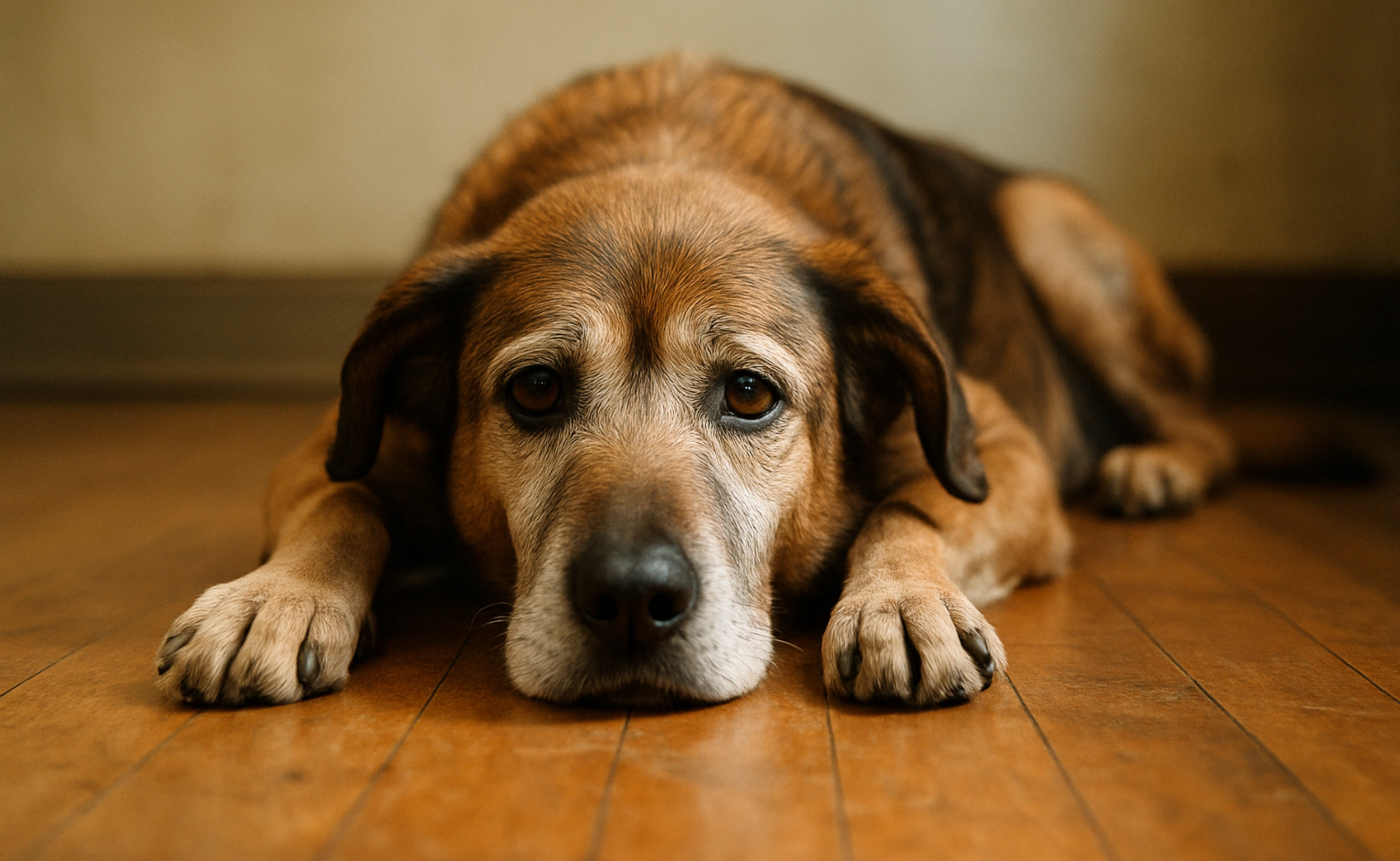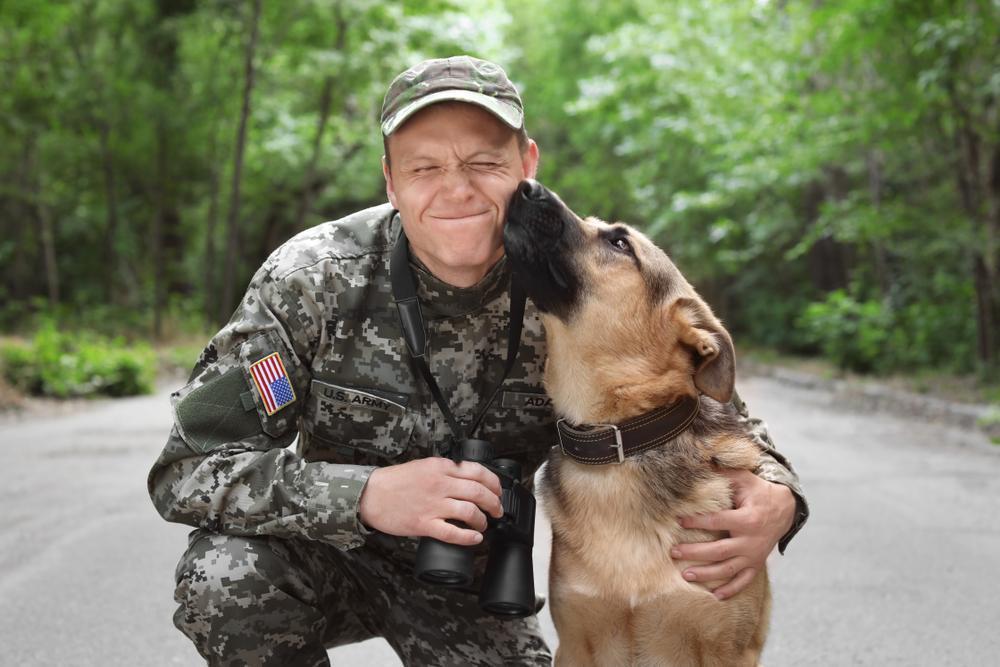
5 Things Vets Recommend For Pets

When we adopt a pet, we make a promise to take care of them for the rest of their life, so it’s not a commitment to be taken lightly. But we also want to make that life as long as possible, which means looking out for their health and well-being. Even before you adopt a pet, you should already have a veterinarian in mind, because they will be your go-to source for all your pet questions. But what would a vet recommend in general to all pet owners?
The answers to that all involve doing the right things now so they can have long and healthy lives. Always remember: Prevention ahead of time is always easier and cheaper than fixing it later.
Here are the five essentials that vets recommend for your pets.
1. Diet & Exercise
These two go hand-in-hand, with a proper diet designed to keep your dog or cat at an ideal weight while also fulfilling their nutritional needs, and exercise to keep their bones and muscles in shape, as well as to keep their mind occupied.
Daily walks are also an excellent way for dog and human to bond. And while most people don’t take their cat on walks, you can still provide exercise via a stimulating environment with cat trees, toys, and plenty of hidey-holes.
Regarding specific dog food brands, this is a question for your vet, who will consult with you on any special needs your pet might have, such as sensitive stomach, skin issues, allergies, or the like. There are also veterinary nutritionists, who specialize in nutritional management for both healthy pets and those with medical conditions or other special needs. Your vet or nutritionist can also advise you on the need for supplements for your pets.
When selecting a commercial brand of food, always look for the Association of American Feed Control Officials (AAFCO) statement on the packaging. This group regulates the sale and distribution of animal feed and medication in the United States. You can also make your own pet food if you want to, although this is not recommended in the case of cats. For dogs, the key is balance and proper nutrition.
The general rule is to include the following things, in units per each 10 pounds of a dog’s body-weight: 1.5 ounces of cooked protein, such as pork, beef, chicken, or egg; 5 1/3 ounces cooked carbs, like rice, barley, or corn; 1/4 ounces cooked or uncooked veggies, like carrots, broccoli, or peas (other than canned); and 1/4 to 1/2 tablespoon fat source, like vegetable oil.
Remember to not overfeed your pets. You can use a cat calorie calculator or dog calorie calculator to make it easier to keep track. Two other very important warnings: NEVER feed your pets a raw diet. Yes, their digestive systems can handle it, but yours can’t. Giving your pets raw food is a great way to cross-contaminate the entire house and make you and your family ill, possibly fatally. Also: cats are obligate carnivores, so as much as you might want it, if you feed Mr. Whiskers a vegan or vegetarian diet he’ll probably die.
Along with proper diet and nutrition, don’t overdo it with the treats, and avoiding giving your pets human food or table scraps as much as possible. This only encourages begging, and given their way, your pets would tell you that they’re hungry 24/7, even after a huge meal.
This is due to instinct. In the wild, animals never knew when their next meal was coming. They might get lucky and hunt successfully every day, or they might not — but when they did make a kill, they’d take advantage of the moment and chow down.
2. Insuring their health
One of the most important things you can get for your pet is health insurance. A lot of people balk at the premiums, but they aren’t that high, especially compared to human insurance, and they will save you money in the long run.
Just ask yourself the right questions before you buy, and make sure that your vet accepts the insurance carrier and plan you want to go with. Having insurance goes hand-in-hand with using it, and a lot of plans will cover regular wellness exams and preventive treatments, so once you have the insurance, you’ll have no excuse to not take your dog or cat to the vet regularly.
The important things to take care of, in addition to the annual or semi-annual exam, are vaccines — not only the legally required ones, but the ones your vet recommends at times when there are outbreaks of particular diseases in your area. You’ll also want to invest in other preventive care like flea treatments and wormers for both dogs and cats.
Finally, whenever you have an appointment coming up, be careful to pay attention to your pet’s behavior in the weeks leading up to it, being particularly mindful of any changes in things like thirst, appetite, energy level, or excretions. It’s okay to make notes and take them with you. In fact, your vet will probably appreciate it.
3. Keep them clean

Regular grooming and hygiene are just as important for your pet as they are for humans. These mainly center around their teeth, nails, and fur. Whether your pet has long or short fur, regular brushing is a good idea. This will help remove loose hair, prevent matting and tangling, and distribute the natural oil in the fur evenly for a smoother coat.
Brushing a pet is another great bonding experience. Just make sure that you’re not brushing too hard, or using a brush that irritates your pet’s skin, and brush them every couple of days. This is one time that it’s okay to reward your pet with a treat afterwards.
In addition to brushing, some breeds may require regular grooming if they have coats that grow out or if they tend to shed a lot. This involves bathing, trimming the fur, and clipping the nails — although cats rarely need the bathing part, since they are constantly grooming themselves.
While you can do all of these yourself at home, many people prefer to use a professional groomer, especially if they have a pet that really doesn’t like the process. Clipping your pet’s nails can also be a challenge, not only if they don’t like having it done but if you don’t like doing it yourself. It can be very easy to trim too far and wind up with a bloody mess on your hands.
Finally, dental hygiene is extremely important, especially for small dogs. Your vet will recommend annual cleaning and will frequently provide discounts every February, which is National Pet Dental Health Month.
Pets will frequently be anesthetized during dental cleaning, but there are vets who specialize in anesthesia-free procedures, in case this is a concern of yours, although they may not clean thoroughly enough. In addition to the annual cleaning, you’ll need to brush your pet’s teeth regularly;
The ideal is to brush your pet’s teeth twice a day, but if they make it difficult, three times a week is the bare minimum. There are also many different kinds of pet toothbrushes available, so consult with your vet to find the right size, stiffness, and type.
And yes, they do make pet-specific toothpaste as well. In fact, you should only use toothpaste designed for pets and never the kind made for humans, because the strong minty flavors used can be overwhelming or just taste bad to your pets. Also, human toothpastes tend to have fluoride, which most vets don’t recommend in the first place, but which can easily reach toxic levels at human dosages, especially with small dogs.
4. Keep them safe and secure
One of the absolute must-haves for any pet parent is a proper leash or carrier, depending on whether you have a dog or cat. But most vets absolutely recommend against using a retractable leash because they are dangerous, and can easily wind up causing injury to your dog or to you. The safest lead you can use is a six-foot leash in a thick and durable material that is strong enough to handle however hard your dog can pull on it.
Also, make sure your leash is well-maintained. Examine it regularly to look for any frayed spots in the webbing, or signs that the clasp and other hardware are weakening. The sliding bolt in some designs that allows you to take the leash on and off of your dog’s collar is a particularly vulnerable spot, especially if you spend a lot of time in wet weather.
A lot of people (and even vets) will tell you not to use a harness on a dog because it will make them pull, but that’s just not true. Which one you use is really up to you. It’s a matter of which one works best for you and your dog more than anything else. If you do decide to walk your cat, then a harness is probably a better choice.
A cat must-have, though, is a carrier with a removable lid, especially for trips to the vet. Most veterinary offices already require people to bring their cats in carriers anyway. The idea behind the removable lid is that it will turn that carrier into an instant box, and cat parents all know how much they love to sit in boxes. It gives them a sense of security and will make them calmer at the vet.
A carrier will also keep your cat safe in the car, and this can be the best option for small dogs as well. For bigger dogs, a harness or car restraint that attaches to the seatbelts in the back of the car is the best for their safety and yours.
In an accident, an unrestrained dog becomes an instant projectile, which can seriously injure or kill any passengers it hits — not to mention that the impact will probably kill the dog as well. You also want to never let your dog ride in any seat that has an airbag, even if your car has weight-sensors that theoretically deactivate it if you have a child or car-seat in place.
Safety begins at home, though, so you’ll want to make sure that there are no ways they can escape from the house or yard. Check for things like easy-to-open gates, loose or missing fence-boards, any signs of hole-digging near a fence or wall, or doors and windows that don’t latch properly, then fix them before they become an escape route.
Don’t forget to protect your dogs joints as well by providing a comfortable orthopedic or memory foam bed that will help them avoid lying on pressure points or in awkward positions.
5. Be vigilant
Your kids will let you know when they’re sick, especially if it means they’ll get out of going to school. Pets, on the other hand, will not. In fact, they will try to hide any signs of illness, pain, or injury as best they can.
This means that you have to watch for the signs that they can’t really hide but which you can easily miss. If they start eating less or seem to become obsessed with drinking water, for example, or suddenly have loose or runny stools for more than a couple of days, or seem to be urinating excessively, these are all signs that they might be feeling ill.
You should also regularly check them for lumps, bumps, and sore spots, which is why regularly brushing their fur is so important. Not only are you bonding with your pet, but you can look for these things at the same time, as well as check for fleas and ticks, and examine the general condition of their skin.
Other things to watch for are limping or favoring one limb over another, excessive self-licking or grooming, inflamed eyes or any kind of puss, or nasal discharge. Vomiting more than once in a day or over more than one day is another sign that it’s time to go to the vet. Again, the key is prevention. The sooner you realize that your dog or cat is ill, the more likely it is that your vet can easily fix the issue and make them healthy again.
What you can do for your vet

Since your veterinarian will play such an important part in your pet’s life, the best thing you can do is make sure that the relationship starts off right by teaching your dog or cat to not fear the vet or a visit to the office. The methods are slightly different for dogs and cats, but they both boil down to making it a non-fearful experience for them, and a lot of that relies on you not being fearful about it, either.
A lot of people don’t like going to their doctors, but it’s a necessary experience for maintaining health. For your pets, if you follow the advice here you can keep extra vet visits at a minimum and have quality time with your dog or cat throughout their long and healthy life.
Share this article
written by


